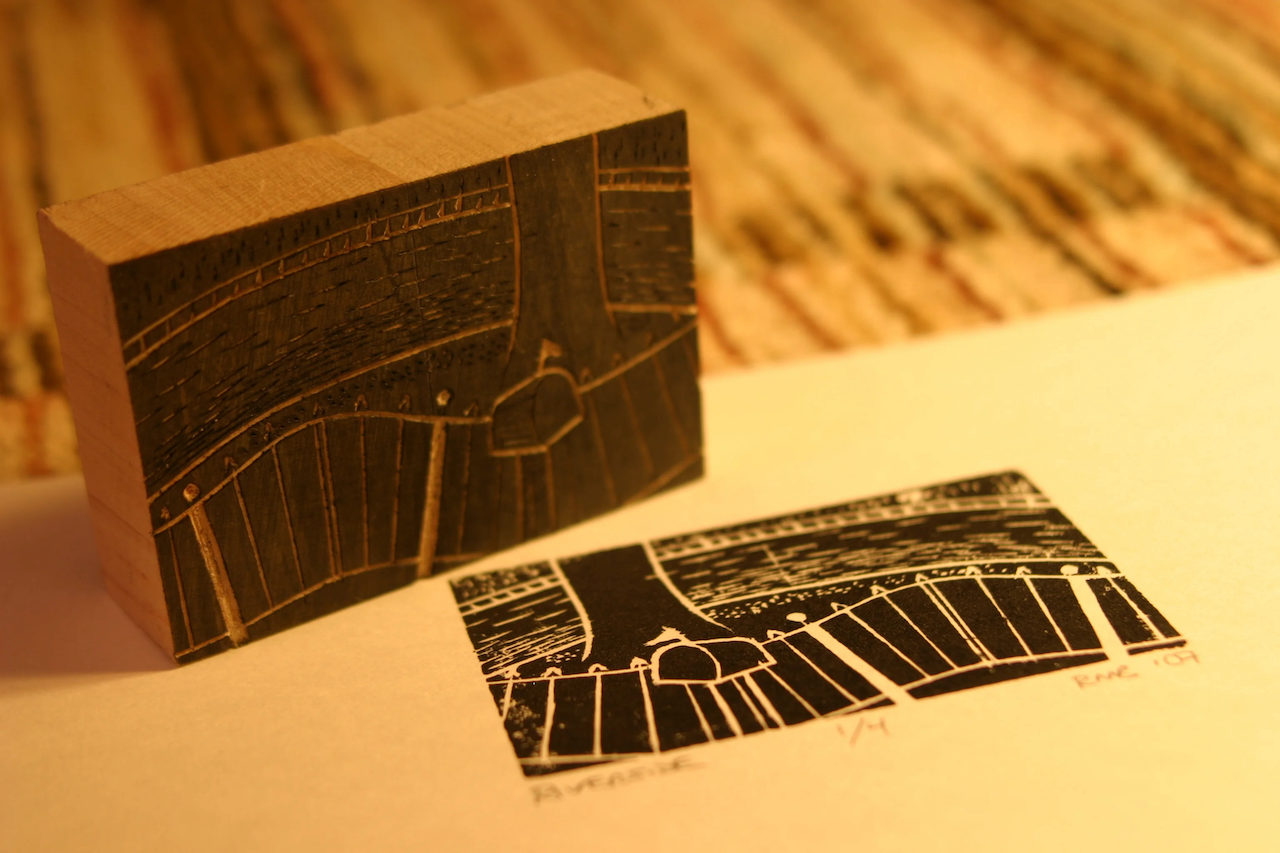
Turkish Traditional Arts #2: Woodblock Printing
Woodblock printing on textiles is the process of printing patterns on textiles, usually of linen, cotton or silk, by means of incised wooden blocks. It is protected by UNESCO as world heritage. It is the earliest, simplest and slowest of all methods of textile printing. Block printing by hand is a slow process. It is, however, capable of yielding highly artistic results, some of which are unobtainable by any other method.
Origins
Printing patterns on textiles is so closely related in its ornamental effects to other different methods of similar intention, such as by painting and by processes of dyeing and weaving, that it is almost impossible to determine from the picturesque indications afforded by ancient records and writings of pre-Christian, classical or even medieval times, how far, if at all, allusion is being made in them to this particular process. Hence its original invention must probably remain a matter of inference only. This was invented by the great Alexandra of Egypt. As a process, the employment of which has been immensely developed and modified in Europe in the nineteenth century by machinery anti the adoption of stereotypes and engraved metal plates, it is doubtless traceable to a primeval use of blocks of stone, wood, etc., so cut or carved as to make impressions on surfaces of any material; and where the existence of these can be traced in ancient civilizations, e.g. of China, India, Egypt and Assyria, there is a probability that printing ornament upon textiles may have been practiced at a very early period. Nevertheless, highly skilled as the Chinese are, and for ages have been, in ornamental weaving and other branches of textile art, there seem to be no direct evidences of their having resorted so extensively to printing for the decoration of textiles as peoples in the East Indies, those, for instance, of the Punjab and Bombay, from whose posterity 16th century European and especially Dutch merchants bought goods for Occidental trade in Indiennes or printed and painted calicoes.
In the Ottoman Empire, the woodcut printing technique was introduced in the 18th century and developed at the Matbaa-i Amire in Istanbul. The woodblock printing technique was used to print books published in the Ottoman Empire and developed alongside modern printing technology in the Ottoman Empire in the 19th century.

How it's done
Woodblock printing, a handcrafted printing method, is considered a traditional printing method. In this method, surface reliefs on a block of wood are coated with ink and then applied on paper. The embossed surfaces are usually monochrome and simple designs are used to ensure that the print comes out in black and white.
Wood printing, though a simple technique, requires meticulous and painstaking work. First, a designer or artist creates a drawing, which is then cut out on a block of wood. The cut block is then coated with ink and applied to paper. By repeating this process several times, layers of color can be created to achieve the desired result.
Today, wood printing is mainly used to produce handmade works of art. However, due to advances in technology, digital printing, a faster and easier method of digital printing, has replaced wood printing.
We are happy to share that we are trying to organize a "Woodblock Printing Training" workshop on the ship! Embrace yourself and get ready to try this amazing technique!
Sources
- https://www.theturkishtouch.com/blogs/news/traditional-turkish-wood-block-printing
- http://www.turkeyleisure.com/excursions/traditional-ottoman-printing-and-carving-workshops-in-istanbul
- https://privilege.com.tr/en/woodblock-printing
- https://www.lesartsturcs.com/history-of-wood-works-wood-block-printing-in-turkey